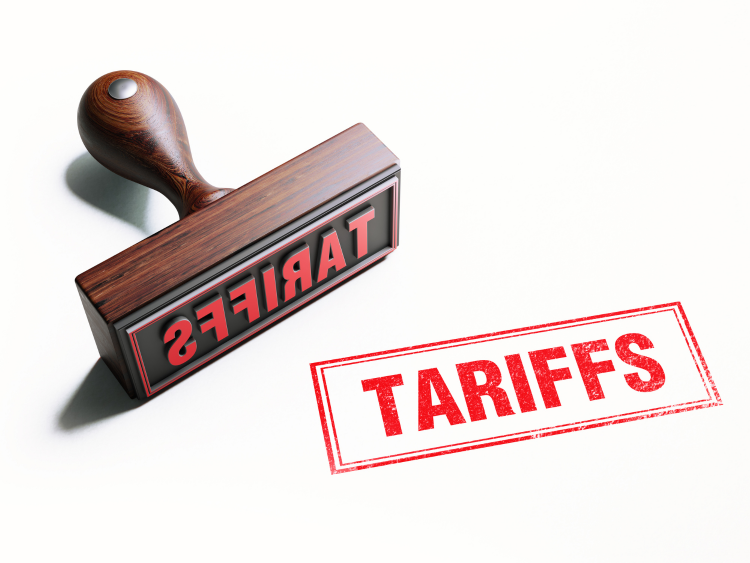Steel Markets

Auto Sales Slip in August, Two Years for Full Recovery
Written by Sandy Williams
September 3, 2020
Monthly auto sales are now just estimates due to the predilection of manufacturers to report on a quarterly basis, but analysts at industry forecaster ALG estimate U.S. sales were down about 11 percent year-over-year in August, compared to a 15 percent annual decline in July. Sales increased 6 percent on a month-over-month basis.
Toyota sales fell 23 percent and Hyundai 8.4 percent, but sales remained strong in the SUV and luxury market.
Higher vehicle prices, tighter credit and shrinking inventory are creating headwinds for the industry as it tries to recover from the pandemic shutdowns.
“Our initial take on August: The market recovery remains on track. There are headwinds holding back sales — limited inventories, fewer cash incentives – and those likely suppressed some activity as potential buyers could not find what they wanted,” said Cox Automotive Senior Economist Charlie Chesbrough.
“The industry is also wrestling with a shortage of MY2021 vehicles, which normally the OEMs would be rolling out at this time of year. The lack of fresh product likely kept some buyers on the sidelines. The inventory situation is going to take some time to improve, and when coupled with an ongoing pandemic and weak economy, vehicle sales could face a difficult period this fall.”
Chesbrough added that higher-income families, less impacted by unemployment and economic uncertainty, are more willing to purchase vehicles while less affluent buyers with lower credit scores and tenuous employment “will likely be out of the market for some time.”
Added Chesbrough: “The market is far from recovered, but considering the overall economic conditions, it is healthy.”
On Tuesday, Carla Bailo, president and CEO of the Center for Automotive Research, briefed Michigan lawmakers on the impact the pandemic has had on the auto industry and how long the recovery will take.
“Everyone is predicting this year about 13 million [vehicles sold]; pre-COVID we were about 17 million. We expect it’s going to take another two years, but that’s predicated on a good recovery and continued recovery throughout this year,” said Bailo. “Should we have another hit in the fall, we’ll have to adjust those figures.”

Sandy Williams
Read more from Sandy WilliamsLatest in Steel Markets

CMC looks beyond Arizona micro-mill woes to long-term viability of construction mart
Despite the economic and geopolitical upheaval of the last five years, CMC President and CEO Peter Matt points out that the construction market has been an essential element of the way forward.

US importers face stricter rules under revamped S232 tariffs
“CBP expects full compliance from the trade community for accurate reporting and payment of the additional duties. CBP will take enforcement action on non-compliance," the agency said in a March 7 bulletin.

Steel exports rebound in January
US steel exports recovered to a five-month high in January after having fallen to a two-year low in December. This growth follows four consecutive months of declining exports.

Construction spending drops marginally in January
Construction spending edged down slightly in January, slipping for the first time in four months. The US Census Bureau estimated spending at a seasonally adjusted annual rate of $2,196 billion in January, down 0.2% from December’s downward revised rate. The January figure is 3.3% higher than a year ago. January’s result, despite the slight erosion, […]

HVAC equipment shipments slow in December but strong annually
Shipments of heating and cooling equipment in the US fell to an 11-month low in December, according to the latest data released by the Air-Conditioning, Heating, and Refrigeration Institute (AHRI).
